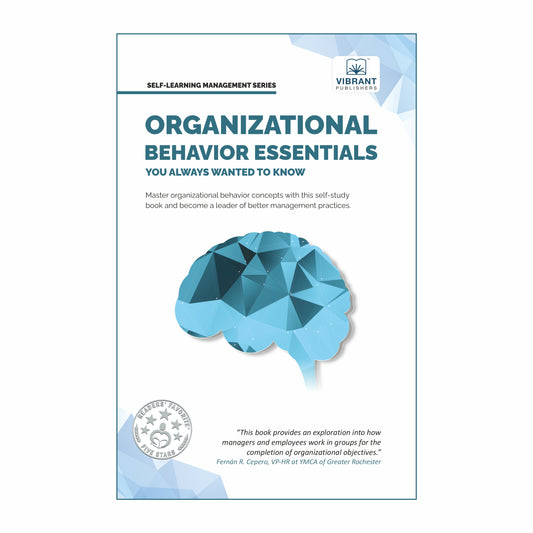Basically, cross-functional training aims to form groups made of individuals with varying skills then have them work towards a common goal. In most cases, it will involve individuals from various departments like marketing, human resources, finance, etc. However, despite being practiced by a number of companies due to its benefits, there are still companies that are quite hesitant to start cross-functional training due to a number of reasons.
The Biggest Benefit of Cross-Functional Training:
Perhaps the biggest benefit that cross-functional training has to offer is that it promotes loyalty. In general, training has the ability to make employees feel that they’re valued by the company. After all, you as the business owner invested time and knowledge in them, with the aim of letting them learn new things and expand their knowledge and expertise. As a result, employees will appreciate the business more, and they will get the feeling that they belong in a family along with their new teammates. Ideally, this can significantly reduce the rate of resignations.Apart from that, employees who have undergone cross-functional training will be less prone to boredom compared to workers who do the same, repetitive tasks every time they log in until they leave the office. This is because cross-functional training will challenge them as they get to learn and practice new skills, and as a result, this makes them enjoy their jobs even more.
Not only that, but they also become empowered to make decisions regarding where their efforts are highly needed during a particular time. They can also pass on their knowledge to each other whenever necessary, essentially making them better coworkers and allowing them to develop leadership qualities. But here’s the real question we haven’t tackled yet: does cross-functional training actually promote loyalty?
The Connection Between Cross-Training and Loyalty:
According to an article by Harvard Business Review, 75% of all cross-functional teams end up failing. There are a number of factors behind them, and some of them are present in all projects: serving customer needs, staying on the schedule and budget, and sticking to specifications.Most of the troubles experienced by cross-functional teams come from departmental silos. People have a tendency to be in a group with similar people who has the same thinking that they do. And just like regular teams, cross-functional teams also require someone with strong leadership traits and communication skills.
So why bother anyway when it has a higher chance of failing?
It’s because cross-functional communication is a form of art. As long as leaders can get it right with their time management and leadership skills, they can expect significant improvements in revenues, product appeal, and even brand loyalty. As long as leaders build trust with their team members, cross-functional training will have a higher likelihood of succeeding.
Achieving Positive Results:
As mentioned earlier, one of the reasons why most cross-functional teams end up failing is due to departmental silos. For example, designers don’t do well when paired with engineers, and so on. One solution to this problem is to encourage your project managers to lead by example. This could include demonstrating active listening skills, meeting deadlines, and upholding promises. As team leaders, they should set the bar for their members. On the other hand, you can show trust in your project managers by giving them critiques in private then encouraging them to try new ideas. It also helps to give them permission to fail. As the head above it all, you should also possess some form of a leadership skill which can be any of the following:- Servant leadership
- Transformational leadership
- Situational leadership
- Transactional leadership
- Democratic leadership
During cross-functional training, you can encourage everyone to communicate more openly with each other. You can also schedule meetings to allow different teams to interact with each other, share each of their progress, and even share new ideas.
By doing so, your company can benefit from such a form of training (even if it ends up failing) by just gathering people from various departments all in the same room.





